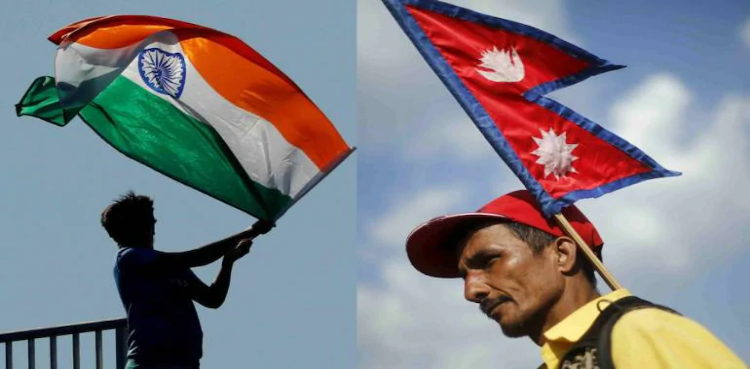Confrontation with nature has already resulted in the form of a disastrous global pandemic whose repercussion are expected to persevere till 2022. From drawing plans to establish vast cities to industries, human beings have in fact done everything to damage the environment. Today metropolitan cities are nothing but ‘concrete jungles’ that are disseminating pollution, with an exponential increase in population resulting in inundated natural resources.
Karachi is one such city. Located on the southern coastline of the Arabian Sea, the city was once the sole port with access to ‘warm waters’ in the Afghanistan and Soviet Union’s territory. This city is not only a natural port, but also incorporates two rivers namely Malir and Lyari rivers. Karachi’s holds a key geostrategic significance due to its location in the region. This part of Pakistan’s coastal area reflects an abundance of a wide range of botanical, zoological species and mineral resources; however, all these resources are being wasted instead of being duly capitalized on.
The most worrisome aspect of this scenario is that islands located along Karachi’s coastline are rapidly ‘sinking’. Multiple reasons are credited for it, of which deforestation of mangroves and other plantations along the coastline is a prime one. According to one estimate, around 3.2 to 4 million acres of land has been subjected to subsidence and has sunk into the sea. Mangroves along Karachi’s coastline are known for protecting the coastal areas from land subsidence; however, this nature’s invaluable gift has been subjected to significant damage and deterioration.
On June 22nd 2013, Pakistan planted a record 847,000 mangroves plants. Prior to this Pakistan had planted 545,000 mangroves at Keti Bandar in 2009, which was followed up by India’s successful attempt at breaking the international record for most mangroves planted in 2010. In Pakistan, mangroves plantation was significantly damaged in the 2010 floods with 30% of the mangroves being subjected to extensive damage, whereas the rest 70% survived.
Mangroves are essentially an invaluable gift of nature that protects the coastline from sea waves along with tackling the threats posed to the environment by floods. Experts say that these mangrove forests play a significant role in protecting Karachi from various sea-borne threats such as typhoons, cyclones, hurricanes, tsunami etc. Coastal plantations/mangrove forests are often found in areas around river deltas – the area where a river enters an ocean, sea. According to a report, in Pakistan, such forests are found along the Indus River Delta in Sindh and span across 225,000 acres. Balochistan once hosted a significant plantation of such forests which now have been reduced to 4,000 acres and are found in Jiwani, Khor Kalmat and Somiani. In recent years, mangroves’ replantation drives in Pishukan, Gwadar, Pasni and Hingol National Park has resulted in the establishment of artificial forests. To term these forests as ‘protectors’ of coastline won’t be far from the truth. Furthermore, these forests act as a nursery for several species of fishes and prawns as their hatchlings feed and find it as a primary nutritional source. Areas with fewer mangroves’ plantation result in a significant reduction in fishing as well.
In 1977, Pakistan had forests that spanned across 250,000 acres which have now been reduced to 225,000 acres. Several reason are to be credited for this, of which illegal logging is a notable one. As per certain estimates, the local population utilizes around five million tonnes of wood for fuel and livestock’s feed purposes obtained via deforestation and logging. The situation is further exacerbated by the dumping of industrial waste and sewage into the sea which has had disastrous repercussions for coastal forests and marine life alike.
Pertaining to the innumerable benefits of mangroves and coastal forests further signify the need for the preservation and conservation of these plantations. Destruction of this habitat will also have a negative impact on the fishing industry (which raises US$ 100 million of foreign exchange per year), whereas the resulting coastal erosion and land subsidence will further expose the metropolis to sea-borne natural threats. To address this issue, public awareness regarding mangroves and coastal plantations/forests must be prioritized. Furthermore, freshwater from the Indus River is being ‘wasted’ by falling into the sea, whereas dams and barrages have also deprived these coastal forests of much needed freshwater supply.
The local population also needs to be educated and included in the policymaking process as they’re directly associated with mangroves and other coastal forestation.
We have limited time to duly address the threat posed by climate change. It is imperative that we must streamline our way of life in accordance with the nature, instead of directly confronting it as the latter will only have devastating repercussions, the likes of which we have already witnessed so far.
















































